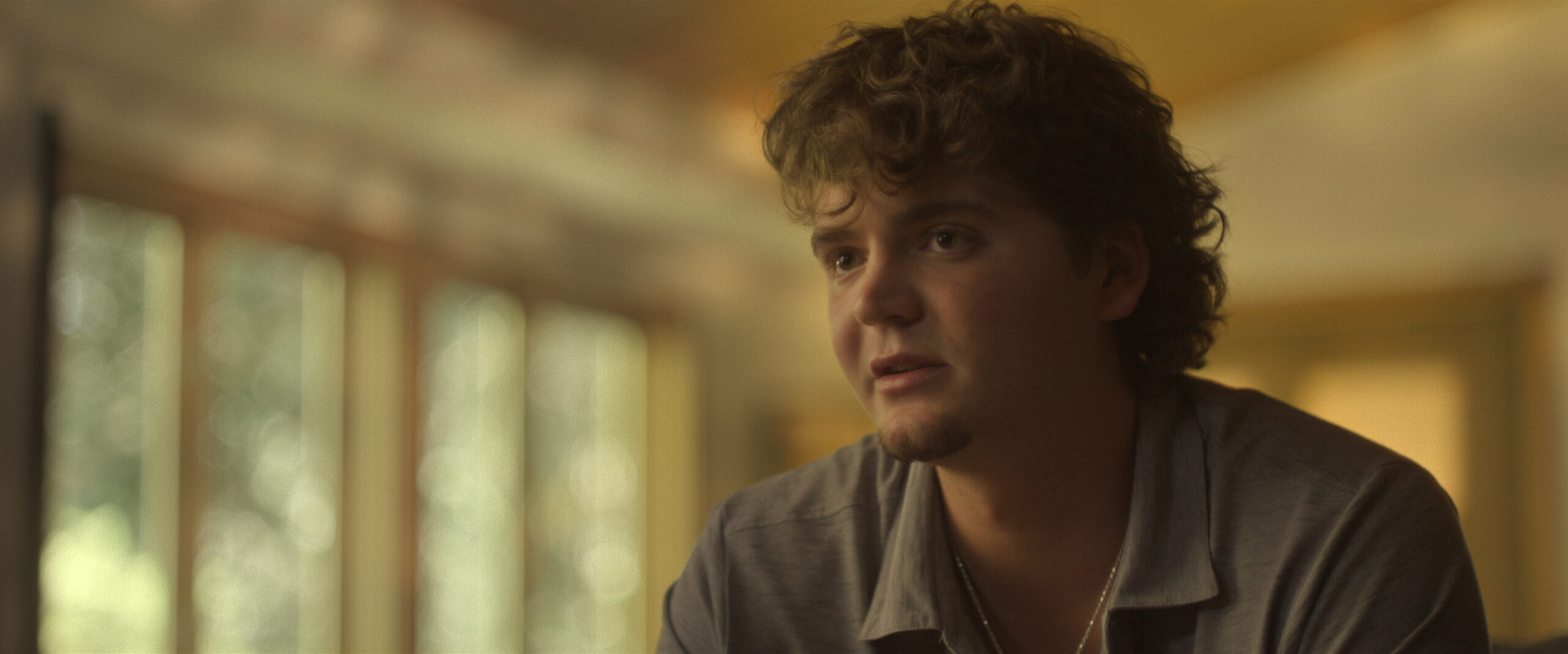One Night in Idaho: The College Murders premiered on Amazon Prime Video on July 11, 2025, and has since garnered widespread attention for its sensitive yet gripping investigation into the murders of four University of Idaho students. It was co-directed by award-winning filmmakers Liz Garbus and Matthew Galkin, joining a wave of true-crime content that sets itself apart through an empathy-centered lens. The University of Idaho murders documentary does not just explore the details of the crime. Instead, it integrates public speculation and the cultural impact of things like misogyny with the devastating event.
Alongside this new Amazon original is a Peacock doc, which offers a separate take on the tragic murder case. Surprisingly, this feature-length project, named The Idaho Student Murders, was released pretty close to the Amazon one, premiering on July 3, 2025. However, these two releases showcase the national attention that the case has received, according to the Hollywood Reporter.
What happened to the Idaho four?
On the morning of Nov. 13, 2022, a quiet college town was upended by a violent crime. College students Kaylee Goncalves, Madison Mogen, Xana Kernodle and Ethan Chapin were found stabbed to death in their off-campus home in Moscow, Idaho. According to reports from ABC7 Los Angeles, the attack occurred between 4:00 and 4:25 AM. There were two surviving roommates, Dylan Mortensen and Bethany Funke, who were not physically harmed during the tragedy.
As the general public and the new docs note, the brutality and seemingly randomness of the murders were a big shocker. These elements of the crime have led to people making instant comparisons to some of the most notorious murder cases of modern times. One Night in Idaho retraces things, not with reenactments, but with personal reflections and interviews from the friends and families of the victims.
What is an incel?
The term “incel” stands for “involuntarily celibate,” but it has come a long way from its initial connotation. As CNN reports, it was initially coined by a woman who used a personal website in the 1990s to discuss feelings of social awkwardness and shyness. She used the term incel with her followers. Now, the term means the same thing, but it refers to an online subculture of men who blame their lack of romantic or sexual success on women and society. What began as a support forum decades ago has, in many corners of the internet, morphed into a toxic and misogynistic ideology that fuels resentment and sometimes violence.
Some media over the years have highlighted how this term, and the ideology that it is supported by, has impacted crime. While the filmmakers of One Night in Idaho don’t directly label the suspect of the murders, Bryan Kohberger, as an incel, there is a suggestiveness that exists. The doc does explore the implications of gender based violence and how internet culture can influence or amplify underlying aggression in vulnerable individuals. As a result, the series does raise uncomfortable but necessary questions about how modern ideologies and isolation can mix dangerously.
Why did Bryan Kohberger do it?
Much of the confusion over the case has been over the senseless killing of the college students, with seemingly no motive. Bryan Kohberger, a Ph.D. student studying criminology at the nearby school, Washington State University, was arrested on Dec. 30, 2022, in Pennsylvania. Although he pleaded not guilty then, he recently changed his plea to guilty, as Idaho News reports. In July 2025, just days after the release of the doc, he made this deal to avoid the death penalty. On July 23, Kohberger was sentenced to four consecutive life sentences, plus ten additional years for burglary.
But what this guilty plea does not provide is the answer to the big question: why did he commit the murders? And one significant highlight of the doc may shed some light on his motive. It has a lot to do with his studies. As People reports, Kohberger had been pursuing a degree in criminology and taken a class on serial killers. He had a disturbing interest in Elliot Roger, specifically. Roger once even stated in a video, “I don’t know why you girls aren’t attracted to me, but I will punish you all for it,” before brutally murdering six people and injuring 14 people in California in May 2014. He then killed himself and has since become a prominent figure in the incel movement. So, Kohberger’s interest in him marks a pretty clear trajectory, despite his seemingly academic interest in the criminal mind.
How did he get caught, and what led to his arrest?
The series explores how Kohberger was caught. There was forensic evidence that made him the primary suspect. Notably, security footage of his car and DNA found on a knife sheath led to his arrest. But one of the most significant indicators of Kohberger’s guilt was that he fit the psychological profile of the alleged killer.
According to interviews with his peers, as People reports, he was an antisocial, private person with few friends. And while these characteristics don’t mean a person is guilty of murder, his interest in serial killers added to the theory that the crime was some twisted case study. Ultimately, the directors chose not to over-dramatize his motives, but instead kept the documentary focused on why someone studying crime might turn to violence themselves (and of course, the victims at the center of it all).
Where are Dylan Mortensen and Bethany Funke now?
The two surviving roommates of that tragic night, Dylan Mortensen and Bethany Funke, have largely stayed out of the public eye. Following the murders, they both reportedly transferred schools and received trauma-informed counseling. This distance from their former home, school and the overall case likely helped them to process the horrific occurrence. It surely hasn’t all been easy for them, according to CNN’s recollection of their survivor accounts. Mortensen, whose initial statement to police helped form part of the probable cause affidavit and Funke, who initially fought a subpoena to testify at a preliminary hearing, have been the subject of online scrutiny. This is something that the documentary critiques as harmful and unwarranted. It may contribute to their silence as the case gains national attention.
While neither woman appears directly in the documentary, the filmmakers did try to include everyone impacted. As Parade reports, director Liz Garbus shares, “We reached out to everybody and, of course, wanted to talk to everybody.” But their absence is not necessarily detrimental to the doc’s storytelling. Instead, viewers get to hear from others close to the victims to provide context and more emotional insight into the case.
What happened to the Idaho 4 house?
As people may assume, the house where the murders were committed is forever tainted by the violent crimes. This off-campus house at 1122 King Road was demolished in December 2023 in light of that. The University of Idaho acquired the home earlier that year and ultimately decided to tear it down out of respect for the victims and their families. The site had become a grim reminder of the crimes for some, while others thought it may serve a purpose for the criminal case, as ABC News reports.
In its place, the university has built the Vandal Healing Garden and Memorial. This is designed to be a peaceful space that honors the memory of the four victims and any others who have passed while attending the school, without retraumatizing the local community. The series touches on the symbolic importance of the demolition, treating it as a moment of closure for some and a new chapter of mourning for others.
Frequently Asked Questions
How many episodes are there of One Night in Idaho?
There are four episodes in this documentary series, as confirmed by IMDb.
Where were the bodies found in the Idaho murders?
The bodies of the four victims were found in two bedrooms on the second and third floors of the home, per NBC News.

